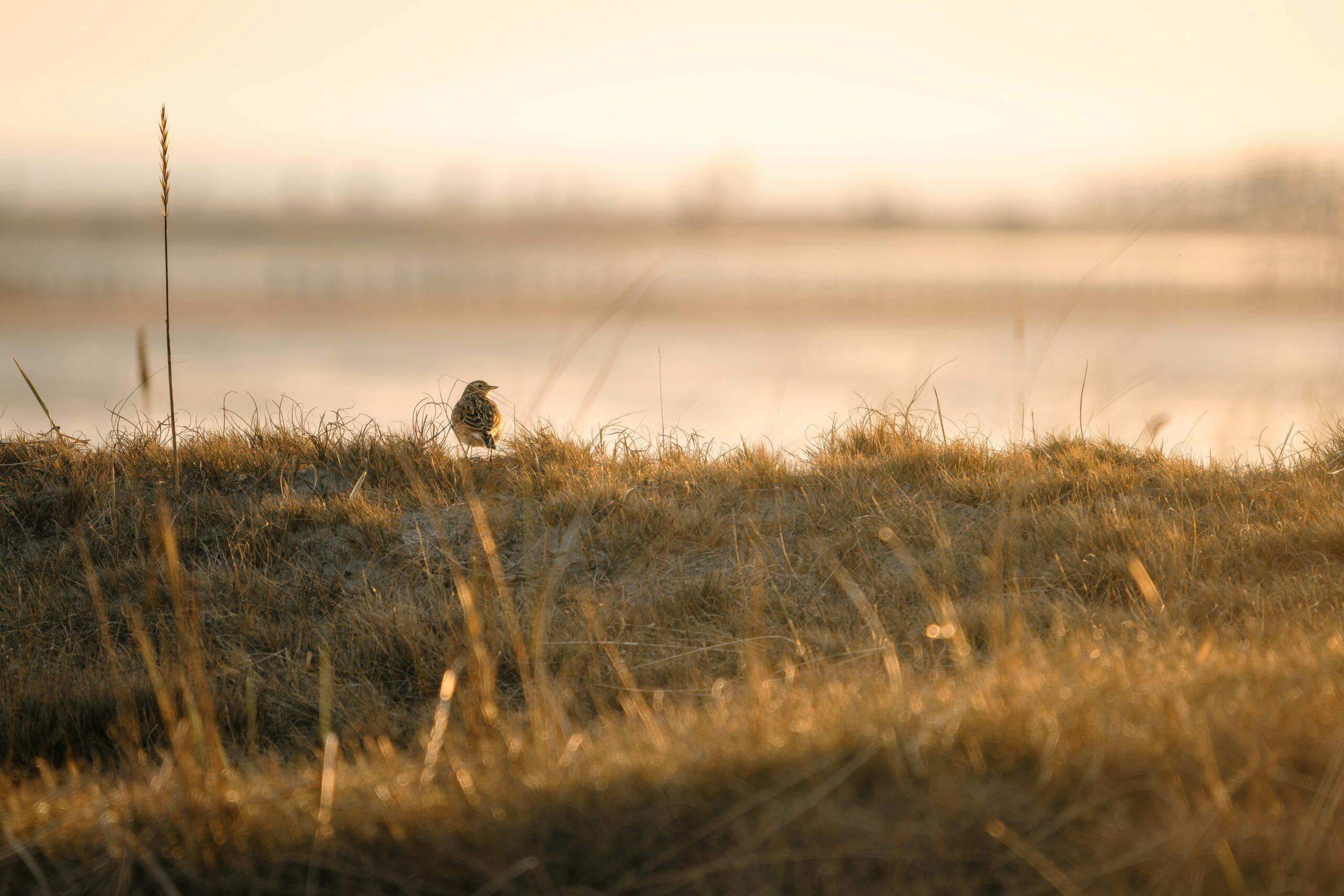
The ultimate guide to wildlife watching on foot – 2025 edition
Few experiences compare to the thrill of observing wildlife in its natural habitat. If you’re planning to plunge into the world of wildlife watching on foot in 2025, then this guide is for you. We’ll cover everything from expert tips and research-backed strategies to personal anecdotes and actionable advice to help you make the most out of your adventure.
Why Choose Wildlife Watching on Foot?
Observing wildlife on foot offers a unique and immersive experience. Unlike vehicle-based safaris, being on foot allows you to engage all your senses, making the experience richer and more impactful.
Expert Insights
According to the World Wildlife Fund, walking safaris have a lower impact on the environment compared to other types of wildlife watching. This form of ecotourism not only benefits the planet but also provides a more intimate and personal connection to nature.
“Walking safaris offer a unique way to experience wildlife. They allow for a deeper connection with the environment,” says a representative from the World Wildlife Fund.
Statistics and Research
Studies show that over 70% of wildlife enthusiasts prefer walking tours for a more immersive experience. Data from the Global Wildlife Program reveals that walking safaris have grown by 30% annually over the past five years, a trend expected to continue in 2025.
Personal Anecdotes
During a walking safari in Kenya, I came across a family of elephants at dawn. The experience of quietly observing these majestic creatures in their natural habitat was profoundly moving and unforgettable.
Actionable Tips for a Successful Wildlife Watching Experience
- Start Early: Wildlife is most active during dawn and dusk. Plan your walks during these times to maximize your chances of sightings.
- Stay Silent: Noise can scare away animals. Walk quietly and avoid sudden movements.
- Wear Appropriate Gear: Lightweight, neutral-colored clothing helps you blend into the environment. Comfortable walking shoes are a must.
- Bring Essential Equipment: A good pair of binoculars and a camera with a zoom lens can enhance your experience.
- Hire a Guide: A knowledgeable guide can provide invaluable insights and help ensure your safety.
Comparison Table: Walking Safari vs. Vehicle Safari
| Feature | Walking Safari | Vehicle Safari |
|---|---|---|
| Environmental Impact | Low | Moderate to High |
| Immersive Experience | High | Moderate |
| Noise Level | Low | High |
| Wildlife Sightings | Variable | High |
| Physical Exertion | High | Low |
| Guidance Required | Yes | Optional |
| Cost | Moderate | High |
| Flexibility | High | Moderate |
FAQ
What should I pack for a walking safari?
Essentials include comfortable walking shoes, neutral-colored clothing, a hat, sunscreen, binoculars, a camera, water, and snacks.
Is it safe to go on a walking safari?
Yes, as long as you follow the guidelines provided by your guide and stay alert to your surroundings.
Can children participate in walking safaris?
Many walking safaris have age restrictions due to safety concerns. Check with the tour operator beforehand.
Conclusion
Wildlife watching on foot is an unparalleled way to connect with nature. By following expert advice, preparing adequately, and respecting the environment, you can make your 2025 wildlife adventure both memorable and impactful. Ready to take the first step? Lace up those boots and start planning your walking safari today!


